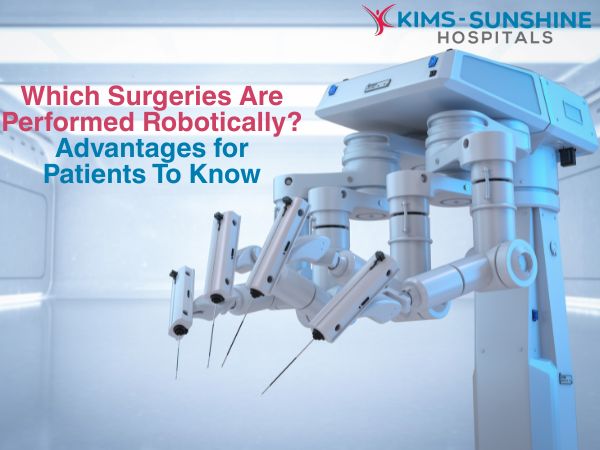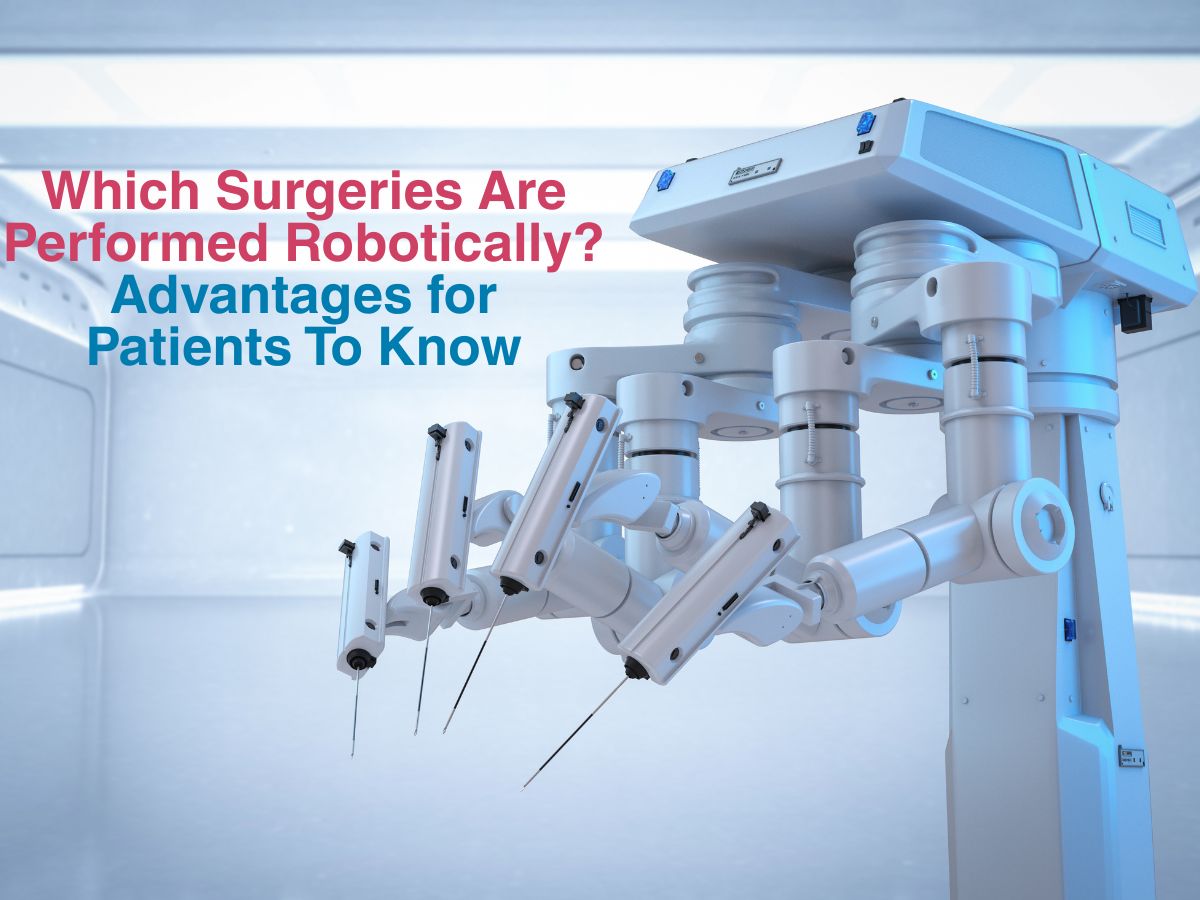
Which Surgeries Are Performed Robotically? Advantages for Patients To Know

What Surgeries Are Performed Robotically?
Picture this: a surgeon guiding slender arms of a machine, each movement magnified, every tremor filtered out. What once seemed the stuff of science fiction is now becoming a standard in modern operating theatres across India. Robotic surgery isn’t about removing the doctor from the picture. It’s about sharpening their skillset to a fine-tipped brushstroke.
So, where is this technology being used?
Across leading Indian hospitals, robotic assistance is being employed in:
- Urological surgeries, like prostate and kidney cancer removal
- Gynaecological procedures, including hysterectomies and fibroid removals
- Gastrointestinal surgeries, for conditions such as colorectal cancer and hernias
- Cardiac surgeries, like valve repair or delicate bypasses
- Thoracic surgeries, involving the lungs or chest wall
- Bariatric procedures, especially in obesity treatment
Each of these surgeries involves working in tight spaces, near critical structures. Here, the robot becomes not a machine, but an extension of the surgeon’s will. It is steady, sharp and nearly silent.
Advantages Of Robotic Surgery For Patients
- Less Trauma, More Dignity – The cuts made are often just a few centimetres long. No wide gashes. No muscle layers torn apart. This means the body feels less attacked and more gently repaired.
- Precision in Every Move – The robot’s arms can pivot and rotate in ways that human wrists simply cannot. In surgeries involving cancer, this accuracy can mean better outcomes.
- Reduced Pain and Blood Loss – Because the robot’s instruments are smaller and more accurate, there’s less disruption inside the body.
- Quicker Recovery and Return To Life – Robotic surgery, in most cases, allows patients to be up and about faster, with fewer complications.
- Smaller Scars, Greater Confidence – Robotic surgery, with its pinhole approach, leaves behind barely noticeable marks.
Robotic Surgery For Prostate Cancer Treatment
Prostate cancer treatment is like trying to untangle wires behind a tightly packed cupboard. You want to remove the problem without knocking over everything else. Robotic-assisted prostate surgery is one of the best examples of where this technology shines. The prostate lies deep in the pelvis, close to nerves that control bladder function and sexual function. Precision here is not a luxury; it’s a necessity.
Robotic surgery allows urologists to:
- Remove the cancer cleanly and completely
- Spare critical nerves and blood vessels
- Reduce the risk of long-term incontinence or erectile dysfunction
- Shorten hospital stays and accelerate recovery
Robotic Surgery Recovery Time Vs Open Surgery
Healing is not just about closing a wound. It’s about returning to what you love. Your morning walk. Your child’s school drop-off. Your mother’s cooking.
- Hospital Stay: Robotic surgery patients are often discharged in 1 to 2 days. Open surgery patients may stay for a little longer.
- Back To Routine: Most return to work or home duties within 2–3 weeks. Open surgery might stretch this to 6 weeks or beyond.
- Pain and Medication: With smaller incisions and less internal disruption, robotic surgery generally means less pain and reduced need for painkillers.
- Complications: The risk of wound infection, hernias, or long-term scarring is noticeably lower with robotic techniques.
Imagine the difference between repairing a broken wall by smashing it down and rebuilding it, versus slipping through a crack, fixing the wire and slipping back out. That’s the magic of robotic recovery.






